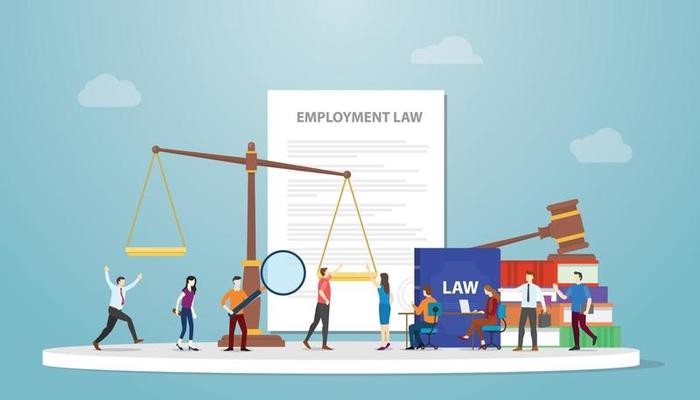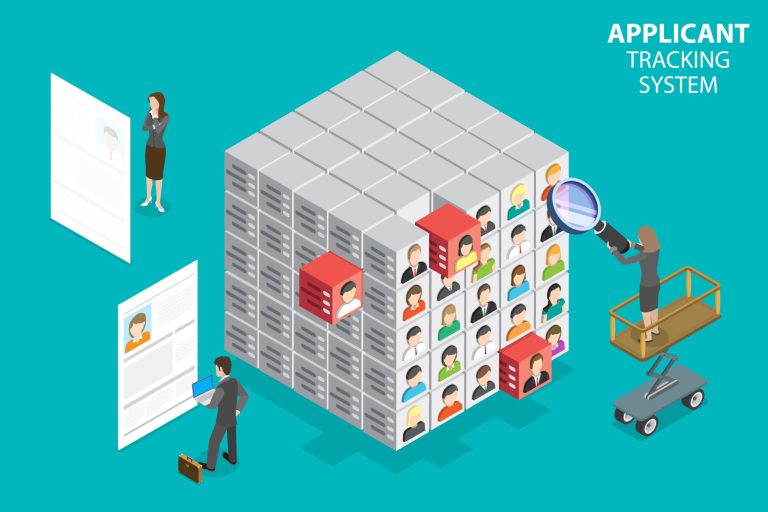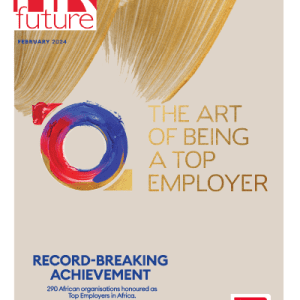Now there’s a way for employers to fast track workplace learning with Foundational Learning Competence (FLC).
Many companies do not know about the changes that are coming regarding learnerships and part qualifications in South Africa. And, if they do not know about them, they’ll probably not be able to acquire a BEE scorecard and will have an issue with their Workplace Skills Plan.
Companies which employ semi-skilled and unskilled employees have a vested interest in ensuring that such employees are given an opportunity to improve their language and numeracy literacy. This will vastly improve their contribution to the company.
For this reason, it’s important for these employees to achieve what is referred to in South Africa as Foundational Learning Competence or FLC.
Yet most employers still don’t know about FLC – what it stands for and the way it fits into workplace learning.
One way to describe it is as a bridging program that enables suitably competent employees to avoid having to go through a time consuming process of learnerships that will take four years when they already have a measure of competence regarding English and Mathematics.
Why does FLC exist?
FLC exists firstly because of the high dropout rate from the schooling system where large numbers of young people never complete their schooling.
Another reason is that so many providers enrol people who are not ready for qualifications, without adhering to the entry requirements for the qualifications. They actually get the learners to pass, believe it or not, by helping them, and then those people end up with a qualification that isn’t valid.
Entry requirements
Most companies in South Africa have a minimum entry requirement of matric, the equivalent to NQF 4. To be employable, a functionally illiterate employee wanting to complete their basic education would normally do an Adult Basic Education Training (ABET) programme, a learnership, and then proceed through NQF 1, 2, 3 and 4, which can take a number of years.
With FLC, however, employees can take a “fast track” approach where they complete NQF One, skip NQF 2 and 3, and proceed to NQF 4, which is the equivalent of Grade 12 at school, putting them where they need to be in far less time.
The standard learnership route normally takes an employee anything from four to six years, while the FLC route can take anything from two to eight months, so there’s a huge difference in time.
The core idea from the Quality Council For Trades and Occupations (QCTO) was to get people to NQF 4 faster so that people who need employment can progress quicker to a level at which they are indeed employable.
The entry requirements into a learnership are either FLC, a matric certificate, adult matric or an N3 certificate. If therefore you have an NQF 3 learnership, that is not recognized for entry into an NQF 4 learnership.
Because FLC is an entry requirement, it is almost the only fast, reliable way to get a literacy qualification with no questions asked. With anything else, you probably need to motivate the QCTO to meet entry requirements.
How long do employees spend in class?
The time it takes to complete the programme is determined by the amount of time an employee can spend in class. If a person is unemployed, it can take four weeks to master their English skills and four weeks to master their Mathematics skills.
But if they’re employed and the company can’t afford to release them for eight hours a day for four weeks in a row, it has to fit into the employee’s working schedule and will take a lot longer. It all depends on how much time the employees can be released on a weekly, daily or monthly basis. Based on their availability, a schedule is then compiled for them.
Another challenge is that sometimes companies enrol people in a learnership and, when they’re supposed to start, the employer realizes that the employees are not ready. So now, they’ve put themselves against the wall because the FLC programme has to be made to fit, and employees are probably going to end up doing it on a full-time basis because they now have to start at a certain time as a result of their commitments and because of poor planning because they’ve made a commitment to understanding their people completely.
They then have to get everything done in two months. The only way to do this is to do it full time. Companies therefore need to make a decision as to whether they can release their people for training.
Entry level requirements
The way to determine whether a person is ready for Foundational Learning Competence is by means of their readiness assessment. It’s therefore important to do a readiness assessment on candidates. Based on the assessment, you would then make a decision to send them to do ABET, FLC or recognition of prior learning (RPL) which allows the employee to bypass the whole system.
They can only do this by sitting an exit exam. There are exam dates every month of the year with the Independent Examination Board (IEB), and candidates write on the premises at their companies. If a candidate writes an exit exam, they don’t have to go through any of the rest of the programmes.
Two great benefits
FLC has excellent benefits both for employers and employees who qualify. It saves a company substantial amounts of money and lots of time as it frees employees up to engage in productive work-related activities.
It also circumvents negativity on the part of the employees as well, as they are spared the frustration and perceived time wastage if they have already mastered the skills offered in the various training programmes.
Marinda Clack is an Expert Training and Development Advisor at Triple E Training.

























